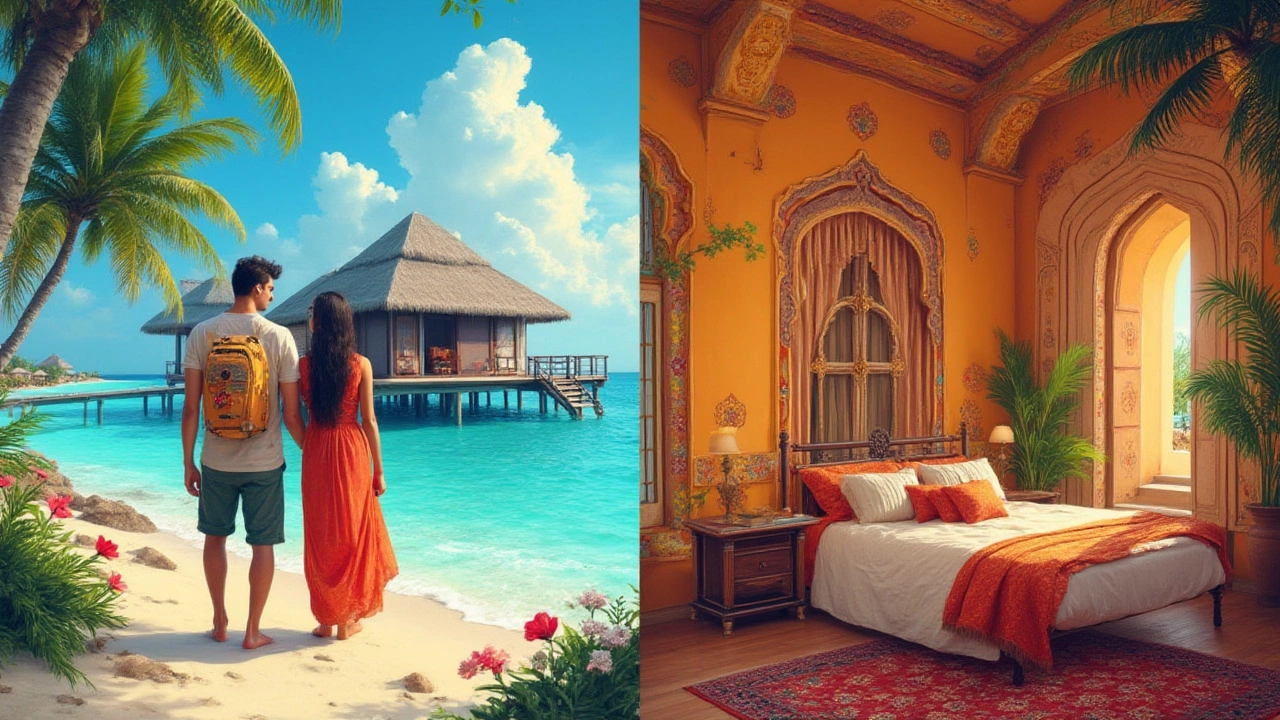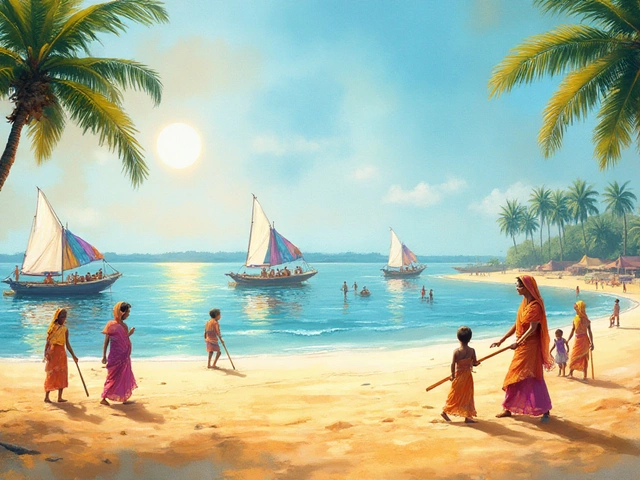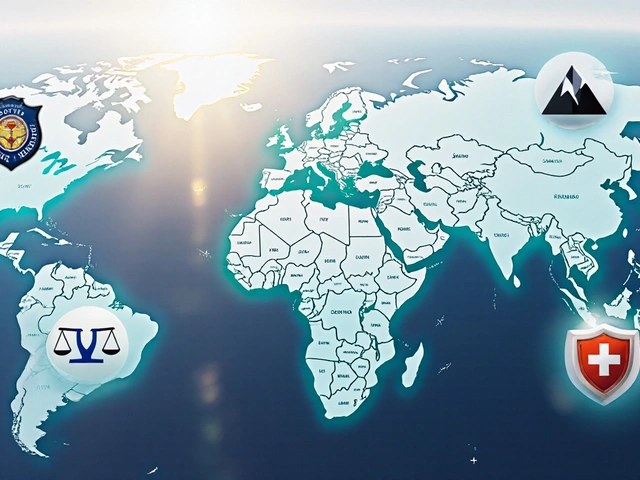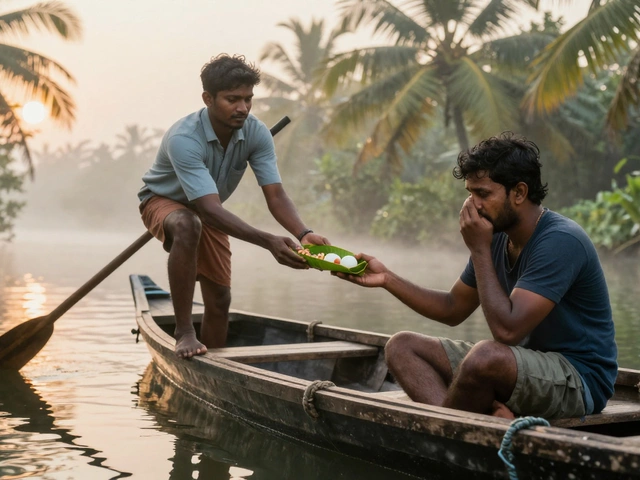Imagine two places that send your mind spinning in opposite directions. The Maldives—those dreamy overwater bungalows and endless turquoise water turned Instagram cliché. India—crazy markets, divine street food, and an energy that slaps you awake. But say you want a dreamy beach break or just a mind-blowing culture trip: is Maldives more expensive than India, or are there clever ways to keep your wallet happy in both places? Spoiler: the cost gap is real, but it’s not what those picture-perfect photos tell you.
The Big Price Picture: Why Maldives and India Feel Worlds Apart
Start with a simple truth: Maldives has a reputation for luxury, while India screams diversity—from dirt-cheap hostels to five-star palaces. But let’s get concrete. A night in an average Maldivian resort in 2025? Think $300 to $800 if you want the saltwater villa experience, and that’s not counting food, airport transfer, or even a bottle of water. In India, even in tourist favorites like Goa or Kerala, a good beach guesthouse runs $20–$50 a night, and street food can fill you up for $2. Splash for a fancy night in Udaipur or Mumbai? Maybe $150 tops, unless you’re after royal treatment.
But the difference isn’t just the sticker price. Most Maldives islands are private, which means the price includes more than the bed—often meals and activities, because hey, you’re stuck on a tiny sandbar. In India, everything’s à la carte. That gives you the true freedom (or the headache) of counting costs each time you eat, grab a taxi, or hunt for souvenirs.
If you look at holidays in these destinations, the Maldives wins the shock factor. Some couples blow $8,000 on a weeklong trip, cocktails and photos included. A month living large in India? You could spend less than $2,000, flights and a couple of splurges thrown in.
| Category | Maldives (Avg USD/Day) | India (Avg USD/Day) |
|---|---|---|
| Budget Accommodation | 60 | 15 |
| Mid-Range Accommodation | 150 | 50 |
| Luxury Accommodation | 700 | 200 |
| Food & Drink | 50 | 8 |
| Transport (per city) | 40 | 4 |
Of course, budgets change depending on whether you’re on a honeymoon or backpacking—but the gulf is obvious. With that shock out of the way, let’s dig in.
What Eats Up Your Budget in the Maldives?
The Maldives is famous as a paradise for the rich, but yes, you can visit without selling a kidney. Still, most travelers burn money on three things: getting around, staying somewhere halfway decent, and just eating. Those crystal-clear waters come with a price sticker made of gold foil.
First, transportation is a beast. There’s no Uber to your island; unless you’re staying in Malé (not recommended for a tropical escape), reaching your resort usually means an expensive speedboat ($100–$300 per person, round trip) or even pricier seaplane ($300–$600). This isn’t optional. Some resorts sneak the cost into your booking—go over the fine print before you swoon over that perfect ocean view. Airports are spread out, and if you want to hop between islands, public ferries exist but only connect local islands, and schedules are like weather forecasts—pretty, but not always true.
Now, hotels. Why so expensive? Most Maldives resorts operate on tiny islands, which means everything—food, staff, towels—has to ship in from far away. And those fancy bungalows aren’t cheap to build or run. Even the so-called budget guesthouses, which have grown in popularity on local islands like Maafushi or Thulusdhoo, will cost $50–$100 for a basic room. Still heaps cheaper than $1,000 a night, though.
Food is its own surprise. Resorts often run on meal plans: full board (all meals), half board (breakfast and dinner), or all-inclusive. A single meal outside the package? Easily $35–$90 per person, and don’t ask about the cost of a beer or fancy cocktail unless you’re sitting down. Want to eat with locals? Only possible on non-resort “local islands,” and even then, prices are 2–3 times what you’d pay in India.
What if you skip fancy resorts and stay with locals? It’s possible (and much cheaper!) since Maldivian law changed in 2009 to let residents run guesthouses. This means you can get a taste of real island life at a fraction of the cost—with some restrictions, like more modest dress and no public alcohol. Your trip feels different, and you’ll spend closer to $65–$130 per day all-in for a real budget adventure.
Tips: If you want to save in the Maldives, book local island guesthouses, use public ferries, and travel outside peak seasons (December–April is wallet-crushing). Bring snacks, refillable bottles, and reef-safe sunscreen—these are pricey on the islands. Finally, double-check luggage limits on seaplanes unless you want your bag to bring its own bill.
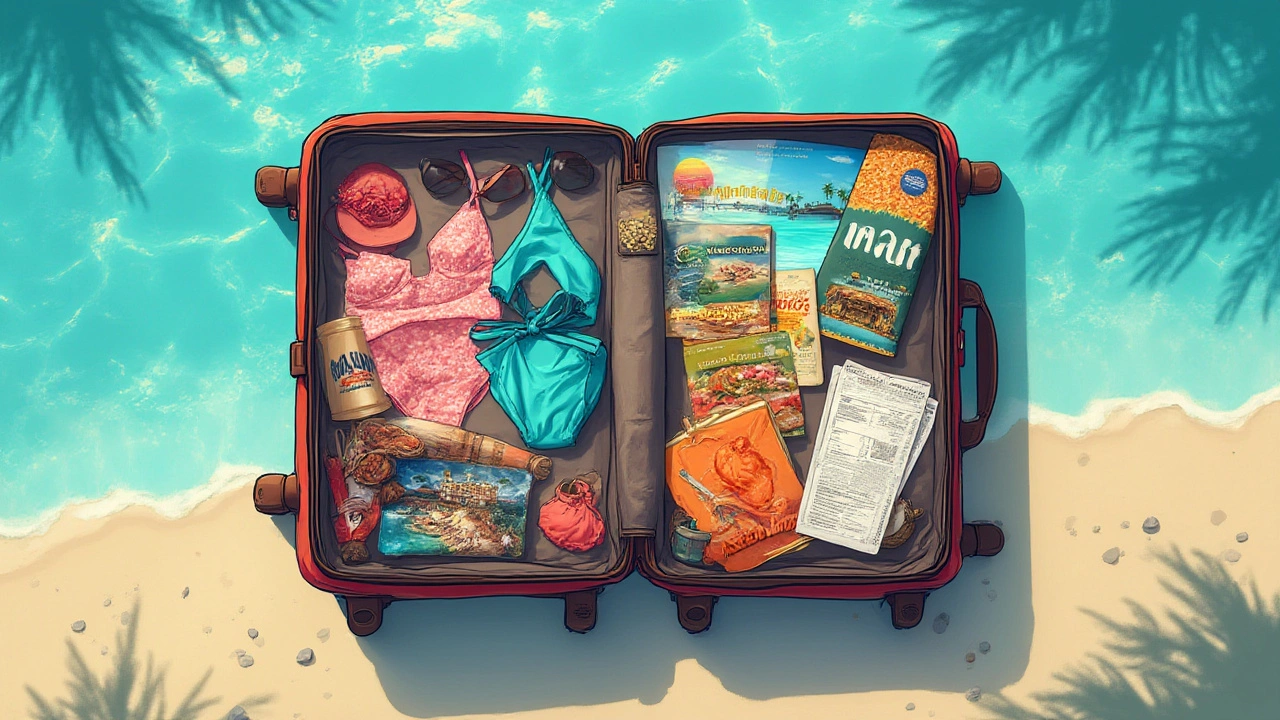
India: Cheap Thrills and Hidden Costs
India flips the script on travel budgets. The cost of living is low, and for almost anything you want—hotels, trains, food—you’ve got endless price tiers. A bed in a shared hostel? Less than a meal at McDonald’s in the West. Want to ride first-class trains or stay in heritage hotels? You can do it for the price of a dorm room in Western Europe.
Here’s where folks slip up: yes, India is affordable, but there are hidden costs for the unwary. Popular tourist sites, especially in the north, often charge foreigners 10x the local price. In 2025, a foreigner ticket to the Taj Mahal is about $16; an Indian pays just $0.65. Still, you spend less here in a week than on a single day in the Maldives, but keep small bills handy.
Getting around is a breeze for the budget-minded: trains are famous (book in advance for the best deals—India’s IRCTC train website is your friend). Public transit, buses, and rickshaws are everywhere. Domestic flights aren’t always “cheap” like they used to be, but you can snag $30–$60 one-way deals if you’re flexible. Uber, Ola, and prepaid taxis are cheap, safe city options, and long-distance overnight trains cut both time and spending on hotels.
Food is India’s miracle. From dosa breakfasts in the south to spicy thalis in Rajasthan, you can eat mind-blowingly well for dollars a day. Even fancy restaurants rarely cross $20 a meal. Watch out for bottled water and make sure your stomach is ready for some adventure, but there’s always something for even the tiniest of budgets.
A word about splurging: don’t overlook India’s luxury homestays, boutique hotels, or five-star palaces. Some of the most decadent stays cost a fraction of Western prices. If you want to live like a Bollywood star, now’s your chance—with easier visas than Maldives, too.
Tips: Pre-book tickets at popular monuments to avoid line-ups and inflated prices. Google Maps is great but double-check with locals—some places are walkable even when maps say “impossible.” If you need data, grab a local SIM; it’s cheap and reliable. And, of course, haggle at markets, but always with a smile—it’s expected, not rude!
How to Squeeze Maximum Value from Your Trip
Pinching pennies in the Maldives means thinking like a local rather than a visitor in a wedding magazine. The best tip? Skip the resorts. Head for islands like Maafushi, Thulusdhoo, or Ukulhas—each now has guesthouses, local-run restaurants, and access to the same turquoise water. You trade private pools for public beaches, but the sand is just as soft. Ferries are painfully slow but a fraction of the cost of a speedboat. A $2 coconut water on the beach beats $18 at a luxury bar any day.
If you want activities, book direct or with locals—not your resort. Divers and snorkelers can save a bundle by connecting with independent island guides. In 2024, a local snorkeling day trip (gear included) cost around $25–$40 on Maafushi. Compare that to $120+ at most resorts.
Plan your trip outside the Christmas–New Year rush. From April to November, island life is quieter, there are fewer crowds, and accommodation rates drop 30 to 40%. Sure, you might get some rain, but most days are pleasantly warm with plenty of sun. If you want a sweet spot, late April or October usually mean lower rates and decent weather.
India’s biggest savings come from flexibility. Ride sleeper trains for a double win: travel and hotel in one. Stick to local spots for food, but ask busy eateries for recommendations—they know where to find the tastiest (and cleanest) meals. Download local apps for taxis or buses; even a short ride can be a steal.
Women (like me!) traveling in both destinations should check local customs on dress and etiquette. India is conservative in some pockets; covering shoulders and knees often wins smiles instead of stares. The Maldives’ local islands also expect modest swimwear on public beaches (but resorts are relaxed). A lightweight scarf in your bag is your secret weapon.
- Book flights early to score the best deals—Maldives airfares are noticeably higher if you leave it last minute.
- Consider multi-city tickets if you’re mixing India and Maldives on one trip.
- Double-check visa requirements: India's e-visa is straightforward for many nationalities; Maldives gives almost everyone a free 30-day visa on arrival.
Currency-wise, India runs on rupees. The Maldives uses the rufiyaa, but USD is widely accepted (though you’ll get the best rates in the local currency). Credit cards are okay in resorts and big-city India, but have cash for taxis, markets, and out-of-the-way places—not every island or old fort has an ATM nearby.
One thing few guides say: both places are safe, but scams happen, especially around airports. Don’t accept rides, tours, or currency exchanges from random touts. In India, double-check meter fares or agree on a price in advance. In the Maldives, reconfirm all your transfers and packages before flying out—you don’t want to be stranded on arrival with nowhere to go and no wifi to save you.
If you get stuck choosing between these two worlds, remember: India gives your wallet a break and your senses a whirl. Maldives is built for splurging—unless you’re willing to swap cocktail bars for coconut stands. Either way, you’ll come home with stories that beat any glossy brochure.
